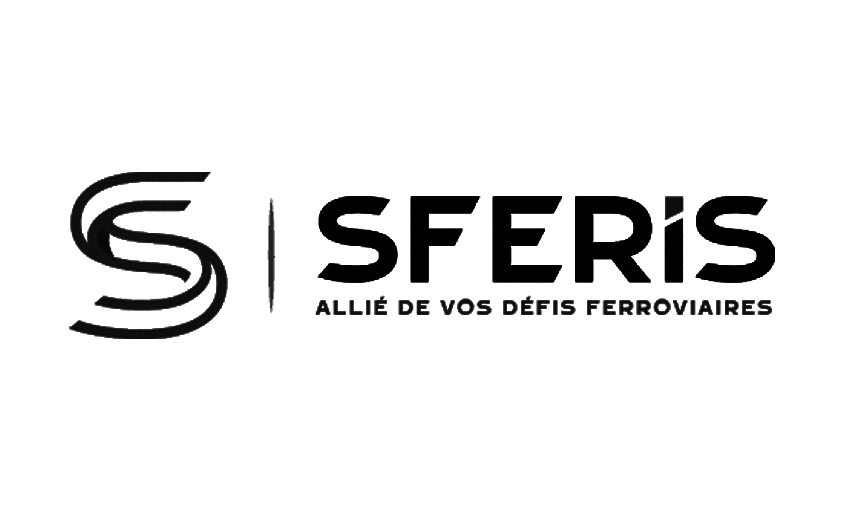Memory Card
In this article :
Essential in digital photography, the memory card stores images and videos captured by a camera before being transferred to a computer or another device. Choosing the right card is crucial to ensure a smooth workflow, prevent data loss, and maintain optimal recording speed, especially when shooting in high resolution or burst mode.
The Different Types of Memory Cards
Not all memory cards are the same, and their compatibility varies by device. The most common formats include:
- SD (Secure Digital): The most widespread format, available as SDHC (High Capacity) and SDXC (Extended Capacity) for higher capacities.
- CF (CompactFlash): Once favored by professionals, now largely replaced by faster standards.
- XQD and CFexpress: New formats offering ultra-fast write and read speeds, suited for high-end DSLRs and mirrorless cameras.
- MicroSD: Mainly used for drones, action cameras, and some compact cameras.
Each type has its own specifications, so always check compatibility with your device before purchasing.
Key Criteria for Selecting a Memory Card
Beyond the format, several technical factors determine a memory card’s performance:
- Storage Capacity: Ranges from a few gigabytes (GB) to several terabytes (TB). Choose a capacity that suits your file volume. For RAW images or 4K videos, a 128 GB card or higher is recommended.
- Write and Read Speed: Measured in MB/s, this affects how quickly files are saved and transferred. High speed is crucial for burst shooting and high-definition video recording.
- Class and Performance Standards: Some cards display ratings like UHS-I/UHS-II, V30/V60/V90 (for video), or Class 10, indicating their speed and ability to handle high data flow.
Considering these criteria ensures efficient file management and prevents slowdowns during shoots.
Maintenance and Precautions for Optimal Longevity
Although essential, memory cards are sensitive storage devices that require careful handling:
- Avoid shocks and extreme temperatures: Heat, cold, or humidity can damage their performance.
- Regularly format the card in the camera: This prevents errors and optimizes storage management.
- Do not remove the card during writing: Interrupting a write process can corrupt files and make the card unusable.
- Regularly back up files: Relying on a single memory card for storage risks data loss in case of failure.
Proper care extends the card’s lifespan and reduces the chances of malfunction during shoots.
Conclusion
A memory card is a fundamental accessory for photographic equipment, directly impacting shooting speed and file management. Choosing a model suited to your camera and usage ensures smoother workflows and avoids storage issues. By adopting good maintenance and backup practices, you maximize the reliability and lifespan of this essential storage device.
Jérémy Carlo is the editorial director at Rétines, where he ensures the consistency and clarity of all content produced by the studio.
Our Clients
Let’s discuss
What we do for you at Rétines
Meticulous work, an organised project and fast delivery. And to achieve this, we mobilise the right resources in our teams at the right time.
01
Pre-production
Artistic and technical direction tailored to the project.
Relevant recommendations on content, form and resources.
02
Photo Shooting
Photos taken by our experienced photographers.
Production that’s controlled, efficient and tailored to the needs of the project, with nothing superfluous.
03
Retouching
Technique
Photographs magnified by our retouching team.
Post-production to meet the commercial challenges of the brief.












